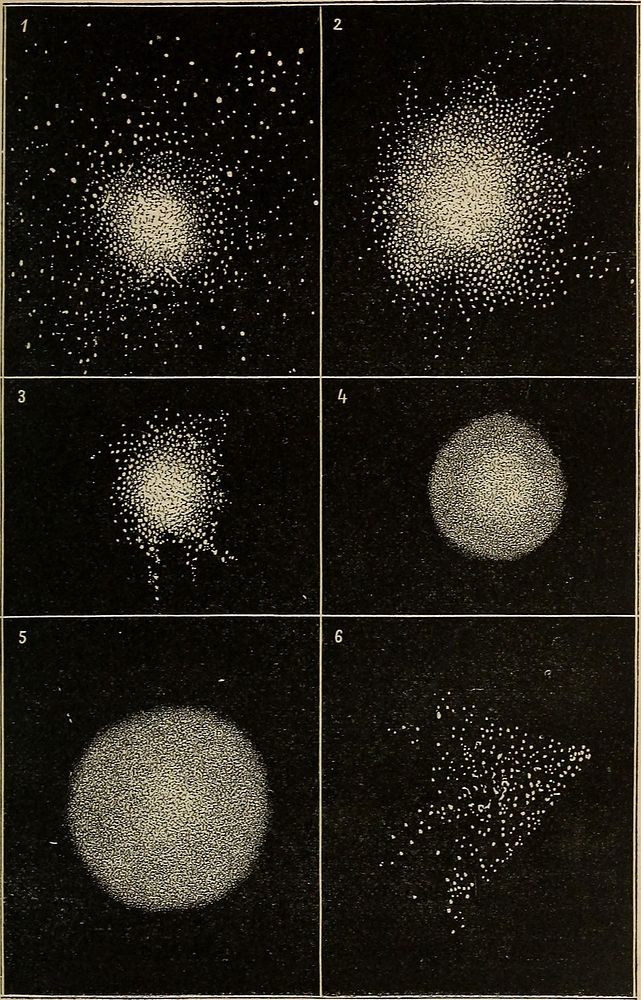https://creativecommons.org/publicdomain/zero/1.0/https://www.rawpixel.com/image/9975768

Identifier: elementsofastron00lock (find matches)Title: Elements of astronomy: accompanied with numerous illustrations, a colored representation of the solar, stellar, and nebular spectra, and celestial charts of the northern and the southern hemisphereYear: 1875 (1870s)Authors: Lockyer, Norman, Sir, 1836-1920Subjects: AstronomyPublisher: New York, D. Appleton and companyContributing Library: The Library of CongressDigitizing Sponsor: The Library of CongressView Book Page: Book ViewerAbout This Book: Catalog EntryView All Images: All Images From BookClick here to view book online to see this illustration in context in a browseable online version of this book.Text Appearing Before Image:nsist of separate stars. These aresubdivided into Ordinary Clusters andGlobular Clusters. Clusters and nebulae are designated by their number in the catalogueswhich have been made of them by different astronomers. The mostimportant of these catalogues are those of Messier, Sir William Herschel,and Sir John Herschel. About 5,400 nebulae have been observed. 88. Of the Ordinary Star-clusters, the magnificent onesin the constellations Libra and Hercules (represented inFigs. 1 and 2, on page 47) may be mentioned as amongthose which are best seen in telescopes of moderate power.The Globular Clusters are well represented by those inSerpens and Aquarius (see Figs. 4 and 5, p. 47). 8q. Other Universes.—Some of the clusters which lie stars? In what groups is this tendency further exhibited? 87. Into what twoclasses are assemblages of stars divided ? How are clusters and nebulae desig-nated? 88. Mention some of the Ordinary Star-clusters. Mention two Globular OEDINAEY AND GLOBULAE CLUSTEES. 47Text Appearing After Image:STAR-CLUSTERS. 1. In Libra. 2. In Hercules. 3. In Capricornus. 4. In Serpens.5. In Aquarius. 6. In Gemini, 48 STAE-CLUSTEES. out of our universe, and which we must regard as otheruniverses, are at such immeasurable distances, and aretherefore so faint, that even the most powerful telescopesfail to reveal their real shape and boundaries. There is agradual fading away at the edge, the last traces of whichappear either as a luminous mist or cloud-like filament,which becomes finer till it ceases altogether to be seen.The Dumb-Bell Cluster, in Vulpecula, and the Crab Clus-ter, in Taurus, both of which have been resolved into stars,are instances of this. It is proper to say, however, that some astronomers believe all thevisible star-clusters and nebulae to belong to our star-system or universe,which, if this be so, must include within itself miniatures of itself on agreatly reduced scale. 90. In some of these star-clusters, the increase of bright-ness from the edge to the centre is so rapidNote About ImagesPlease note that these images are extracted from scanned page images that may have been digitally enhanced for readability - coloration and appearance of these illustrations may not perfectly resemble the original work.
Original public domain image from Wikimedia Commons
Public DomainFree CC0 image for Personal and Business use